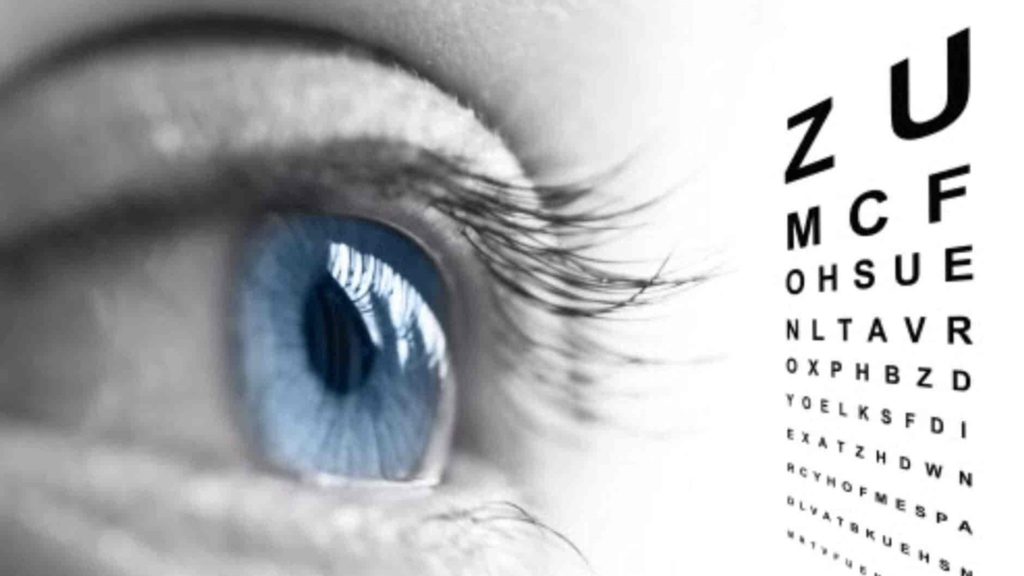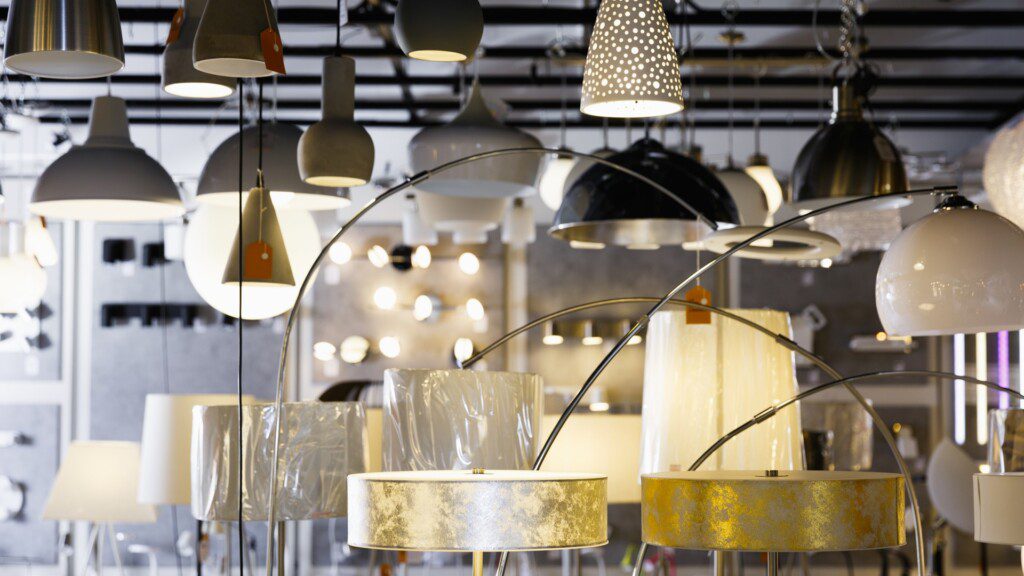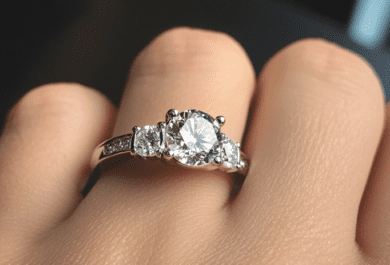Intermediate Diamond Beauty and Eyesight
“Diamond performance is not a judgment of a moment. It’s the journey of a lifetime.”
Unlike color and clarity, which remain static, a diamond’s performance components behave differently in different lighting. Our world presents an infinite panorama of illumination scenarios the wearer will find her or himself in, hour after hour, day after day – not simply a jewelry counter, where any diamond looks good.
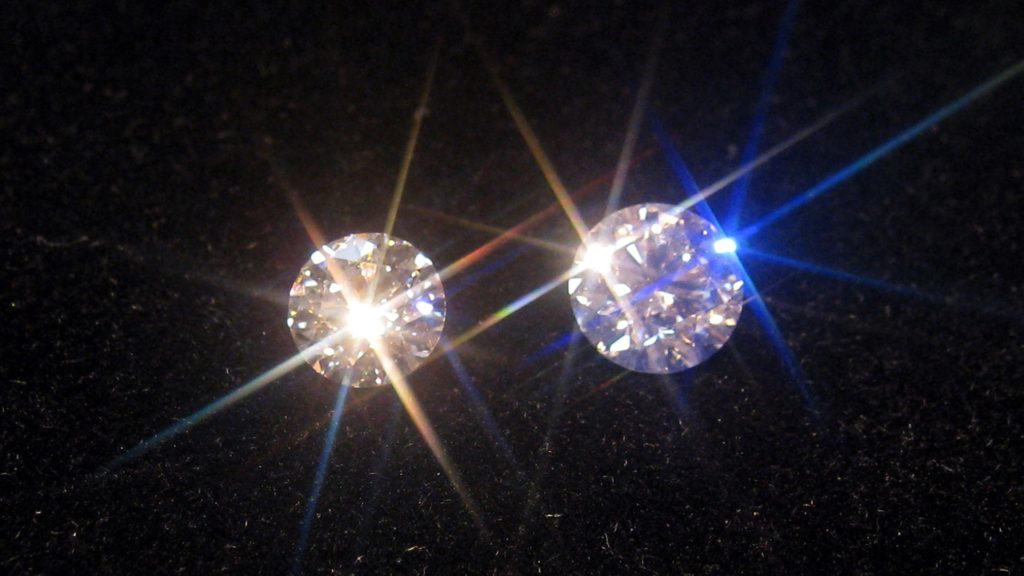
Cut Quality Differences
Regardless of shape, color, clarity or carat weight, well cut diamonds collect, reflect and generously return the light, contrast and colors found in their environment to the viewer’s eyes.
PriceScope Pointer: Learn to identify and evaluate key diamond beauty components: Diamond Performance Explained.
Whether your eyes (personally) find and appreciate what a given diamond offers depends on several factors:
- Personal Taste
- Personal Perception
- Length of Exposure
1. Personal Taste
People like different things. The modern round brilliant is the most popular shape. As it relates to the cut quality journey it’s also the most efficient shape for light transmission. But the round brilliant is not for everyone. Step-cuts, squares, ovals, marquise, pear and other diamond shapes have their own charm and appeal. Older faceting styles focus on producing dispersion. Newer styles add facets, focusing on brightness and faster scintillation.
There is no wrong answer. You do you. Once you find the diamond which suits your taste, proceed on your cut quality journey with enjoyment.
2. Personal Perception
Do you have perfect pitch? Are you tone-deaf? Somewhere in-between? Do you perceive tannic differences in cabernets – or does red wine all taste the same to you? Again, there is no wrong answer. You are not “wrong” if you sing out of tune, but it’s handy to know your strengths and weaknesses.
Jewelers regularly have clients at the counter debate what they can see.
“I can see that inclusion / What inclusion? Where?” … “It’s too yellow / I don’t see any yellow.” … “This one sparkles more / How can you tell?”
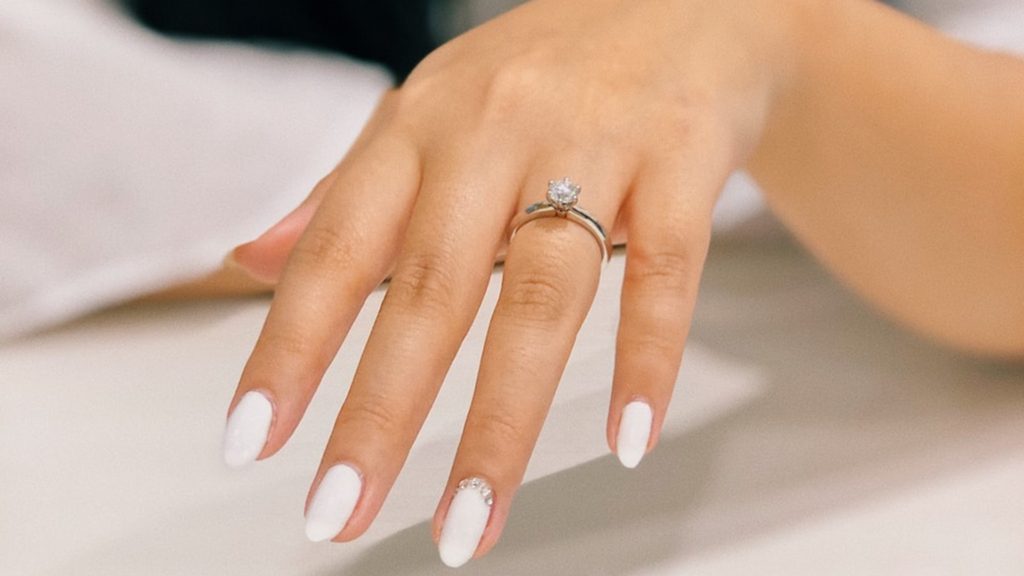
Ladies and people with myopia may be ahead of the general population. They potentially begin the cut quality “journey of a lifetime” at a high perceptual level. For others the good news is that you can learn to detect more nuance with time and exposure.
3. Length of Exposure
Wine palates can become educated. Singing in-tune can be taught. Detailed diamond performance perception evolves with exposure. Many obsessed diamond owners have exclaimed “My diamond just gets more beautiful with time.” (Spoiler alert…it’s not the diamond that’s getting better…it’s their own visual palates).


